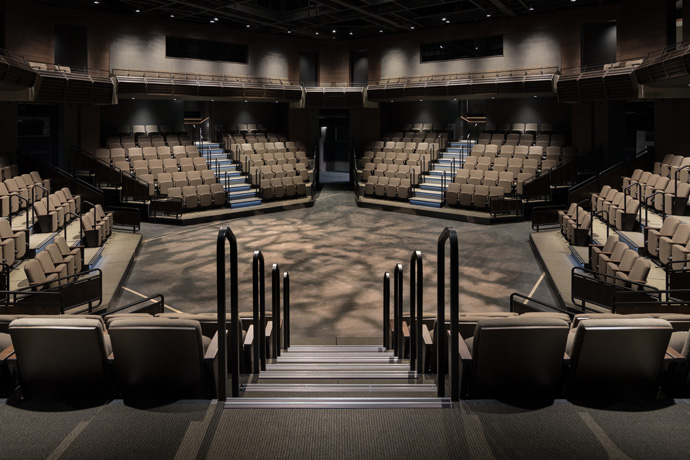Math is used everyday in a wide range of professions, and the theater industry is no exception. Set designers make frequent use of geometry to calculate angles, lengths, and area of common shapes, which are then translated into large scale painted or constructed components of the stage.
The DCPA (Denver Center for the Performing Arts) launched a video series last year entitled Standing Equation, which highlights common ways math is used to build sets. The first episode explores how an ellipse is drawn and painted on the floor with a large tool that utilizes the principles of a handheld compass, and the second installment focuses on how scenery is built for a pentagon stage example of theatre-in-the-round.
When it comes to creating and assembling large scale shapes, precision matters. The sum of the interior angles of a pentagon must add up to 540°, and if you want a regular (aka symmetrical) shape, then each interior angle must measure 108°. Measure twice, cut once.
Featured image: Denver Center’s Space Theatre, by David Lauer Photography

